Chef's Best-Kept Secret to Fried Chicken
Achieve meaty, flavorful fried chicken every time by soaking it in brine before cooking.
Many believe that frying chicken is straightforward and impossible to get wrong. On the contrary, it’s easy to undercook or overcook this beloved dish. In the quest to create flavor-packed fried chicken, some cooks focus solely on seasoning the skin. This often leads to neglecting the quality and taste of the meat itself. Fortunately, you can address these issues with a tried-and-tested technique: brining.
Elevate Your Fried Chicken Through Brining
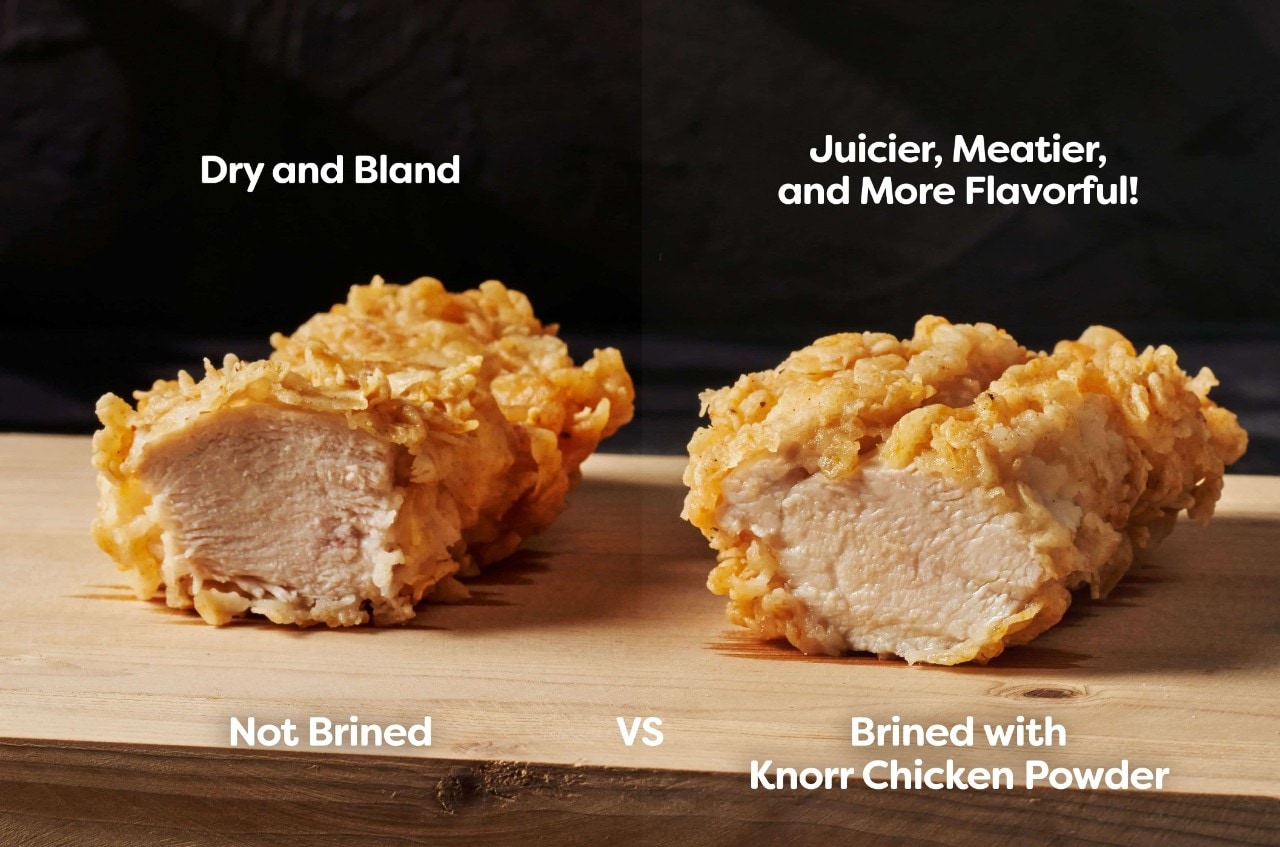 Brining chicken with multiple spices and herbs instantly elevates the flavor of your fried chicken.
Brining chicken with multiple spices and herbs instantly elevates the flavor of your fried chicken.
Submerging pieces of meat in a saline solution is not a new concept; savvy chefs and food business owners have long utilized this method. Brining with a blend of spices and herbs is a surefire way to elevate your fried chicken. But if you’re unsure where to begin, no need to worry. There are numerous creative ways to put a unique twist on this process, allowing you to craft a chicken brine that will make your offering stand out.
If your diners crave juicy and delicious fried chicken and you haven’t experimented with brining, now is the time to start. Read on to learn more about this cooking method.
What Is Brining?
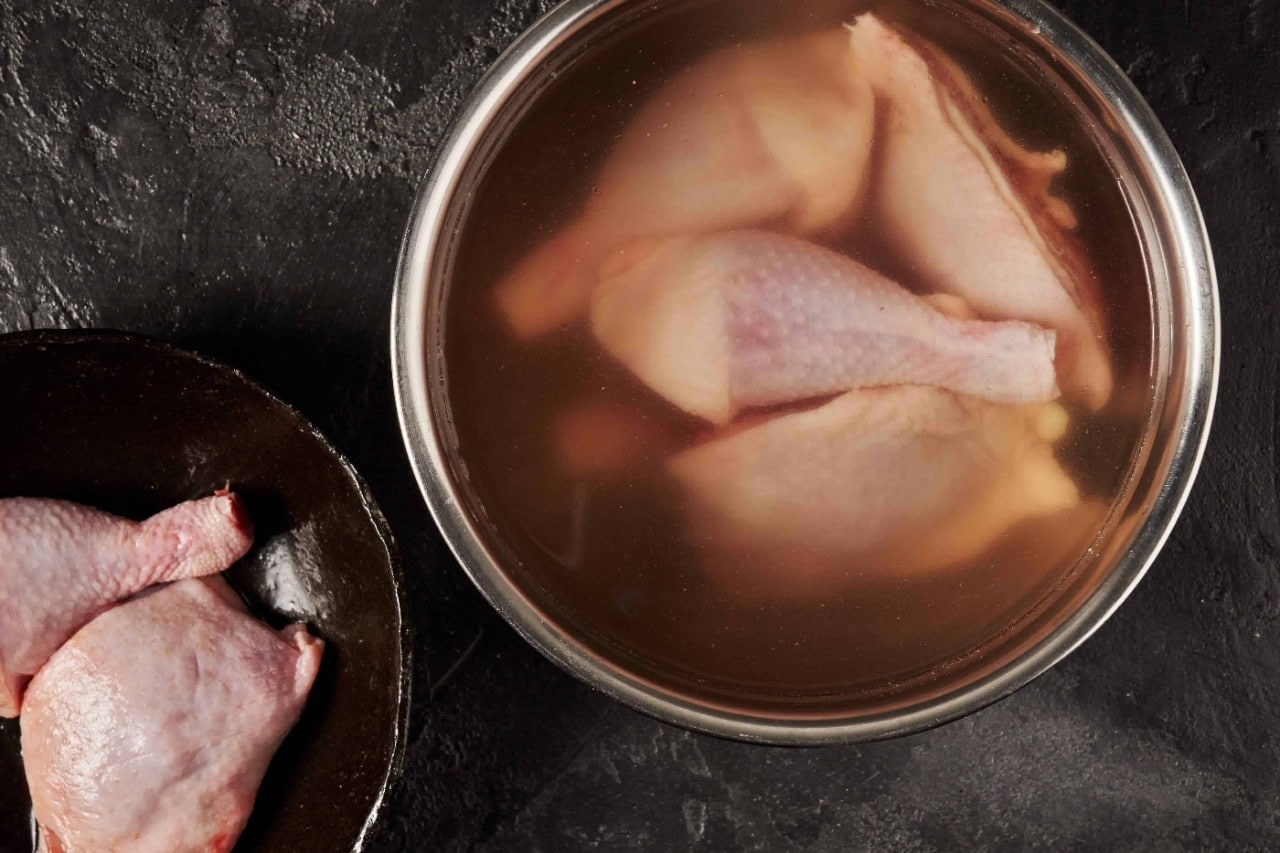 A classic brine uses salt and pepper.
A classic brine uses salt and pepper.
Brining is a simple process that involves fully immersing meat in a saltwater solution. By submerging chicken in a brine bath, you season it from the inside out. This method not only infuses flavor but also breaks down the proteins in the poultry, allowing it to retain moisture more effectively. Within 24 hours or less, the muscle fibers in the meat begin to separate and swell, resulting in a tender, juicy and incredibly tasty chicken.
As the brine is absorbed, very little moisture evaporates during cooking. This leaves your chicken with a deep layer of complex flavors that burst with every bite.
Different Kinds of Brining: Wet vs. Dry

Two brining methods are available: wet brining and dry brining. Both techniques can enhance your meat’s flavor and texture, but each has advantages depending on your kitchen setup and needs.
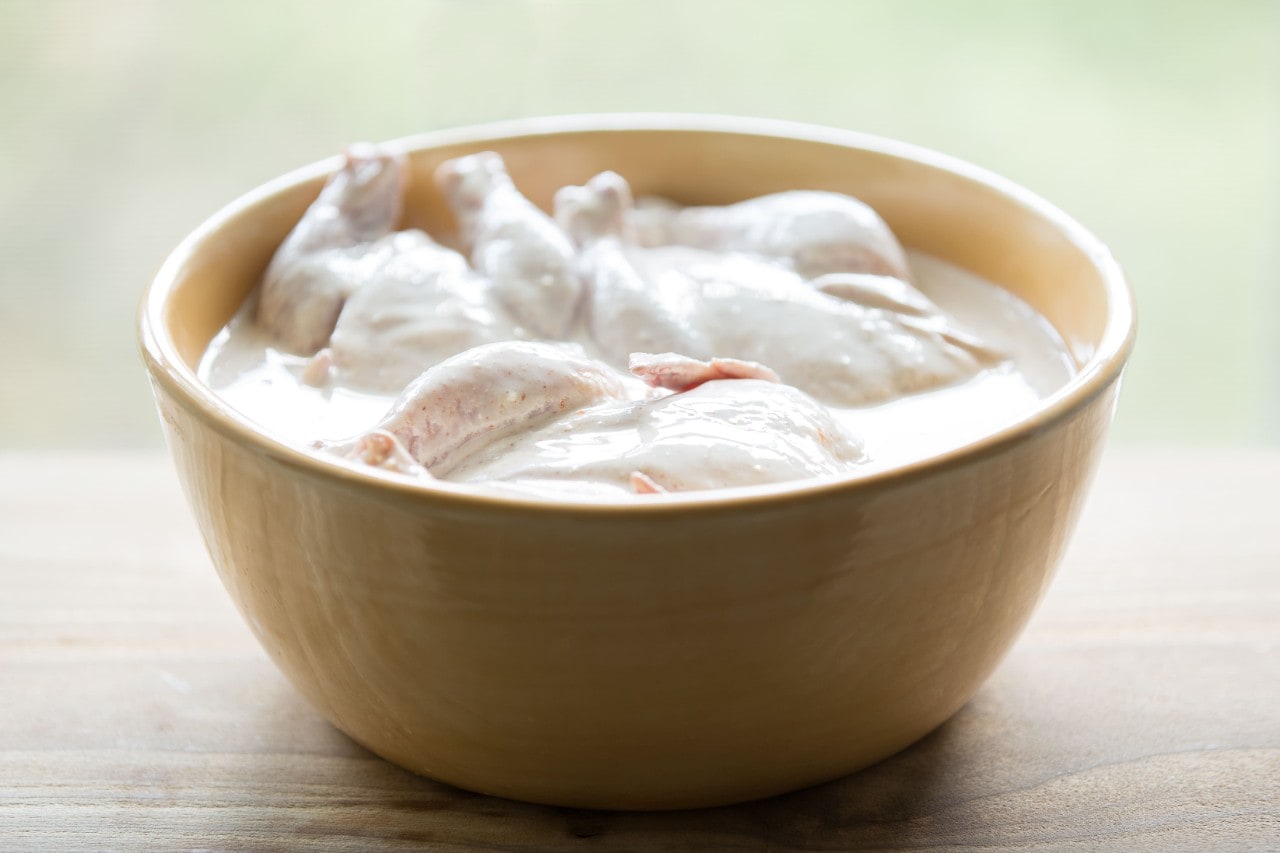
Wet brine
Wet brining involves soaking the chicken in a saline bath. The standard ratio is one gallon of water to one cup of kosher salt. For the best results, keep the meat fully submerged and cold throughout the process.
This method requires large containers and ample fridge space to accommodate the brine. You’ll also need to keep the salt bath at 40°F (4°C) or below to prevent bacterial growth.
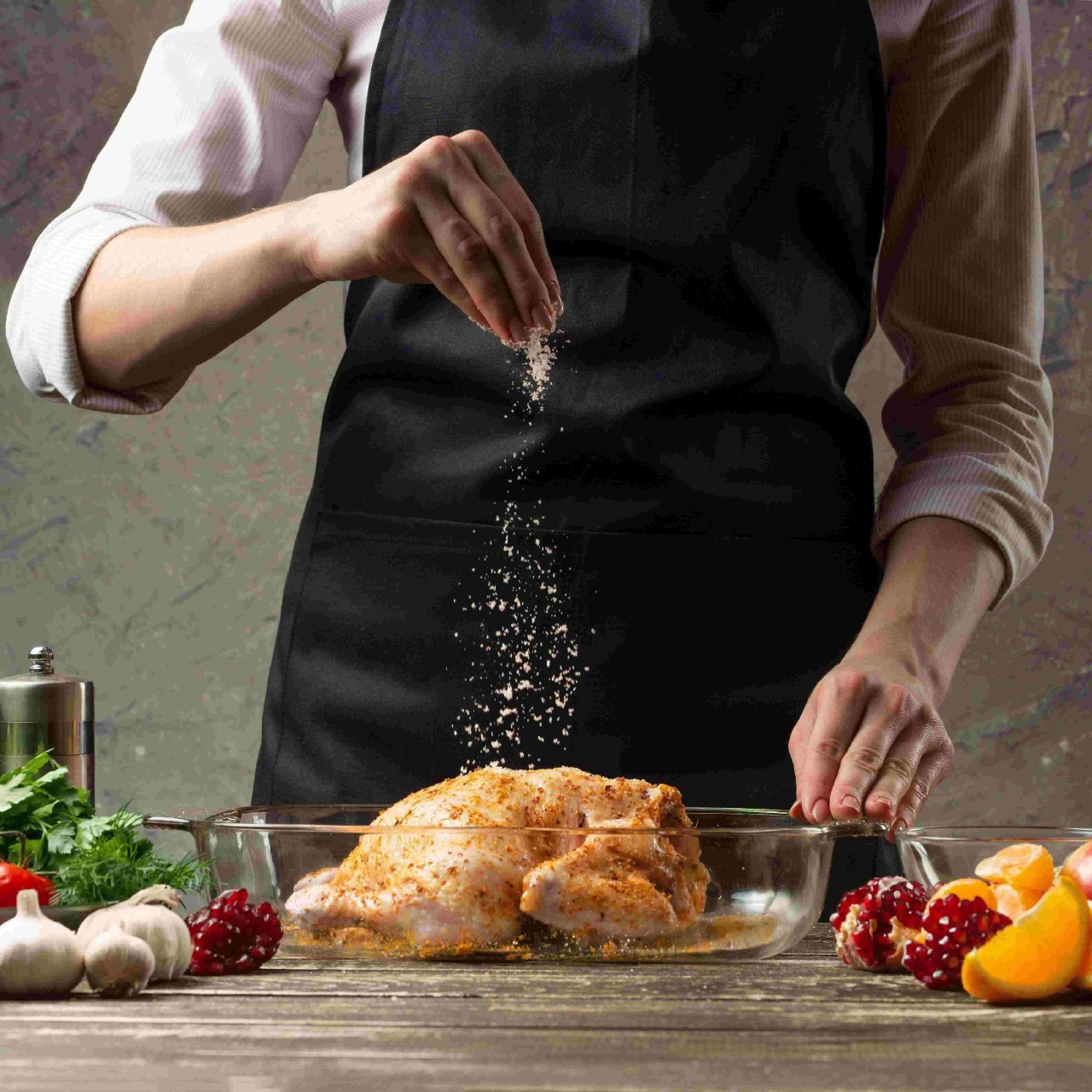
Dry brine
Dry brining only requires salt. Thus, the procedure is similar to a dry rub or meat cure. Although it doesn’t involve a liquid solution, the results are comparable. The salt pulls out the chicken’s natural moisture, redistributing it to lock in flavor and juiciness.
Compared to the former process, dry brining is more efficient; it doesn’t require large vats of submerged meat, freeing up valuable space in your cooler.
Of the two types, professionals often prefer wet brining. Apart from being a classic approach, it’s a proven technique for producing more flavorful and juicier chicken.
Benefits of Brining
Once you master brining, you won’t cook fried chicken any other way. Your customers and guests will certainly taste the difference. Yes, a simple solution of water and salt can take the humble fried chicken to the next level.
Here’s a recap of what brining does and why it’s worth the extra step in your fried chicken recipe:
- Infuses deep flavor: Brining allows the flavors from the solution to penetrate beyond the surface and infuse the meat with seasonings. This means the chicken is already tasty even without the breading.
- Keeps the meat moist: A common fried chicken mistake is overcooking, which leaves the meat tough and dry. Brining prevents this by locking in the chicken’s juices.
- Tenderizes the protein: Through osmosis, the salt in the brine helps the chicken retain moisture and tenderizes the meat. The result? Juicy chicken every time!
 Brining chicken in a Knorr Chicken Powder solution will elevate the taste without overseasoning the fowl.
Brining chicken in a Knorr Chicken Powder solution will elevate the taste without overseasoning the fowl.
How to Brine Chicken
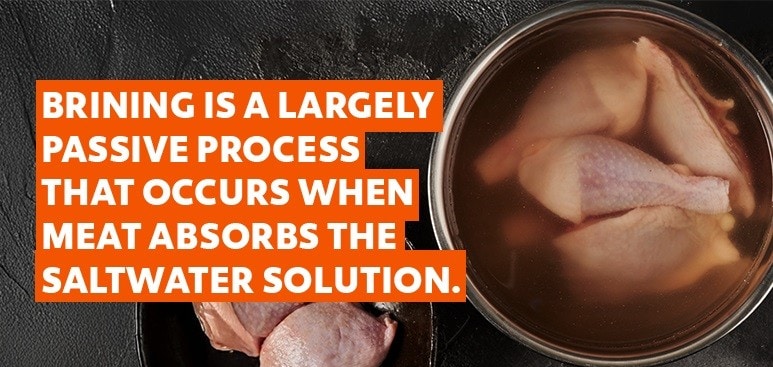
Follow this step-by-step guide for wet brining:
- Gather your tools and ingredients. Make sure you have a large pot, measuring tools, a stirring utensil, and a spacious container. The key ingredients are water, Knorr Chicken Powder, and sugar.
- Combine all ingredients in a pot over medium heat. Stir until the powder and sugar are dissolved completely.
- Optionally, you can add aromatics and spices to the mixture to enhance your chicken’s profile. Try garlic powder, bay leaves, peppercorns, or dried rosemary.
- Bring the mixture to a boil, then lower the heat and let it simmer for one minute.
- Transfer the brine to a large container and let it cool rapidly using an ice bath or by stirring continuously.
- Once the brine has cooled, place your chicken pieces in the container, ensuring they are fully submerged in the liquid.
- Cover the container and store it in the refrigerator for 8 to 24 hours.
- Before cooking, rinse the chicken thoroughly under cold water to remove excess brine and pat dry.
The Difference Between Brining and Marinating
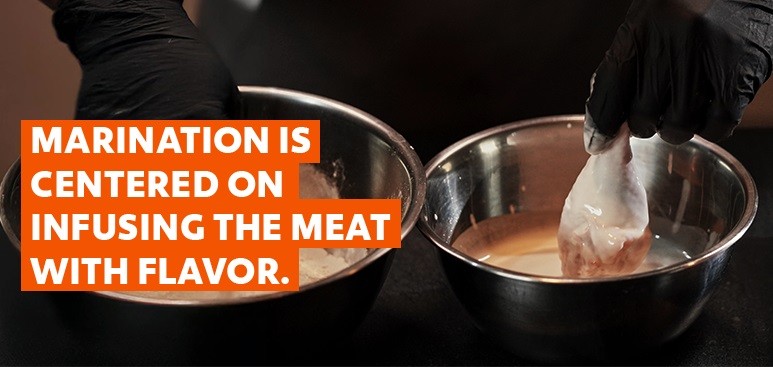
Scientifically, when you brine, osmosis causes the absorption of liquids into the meat, resulting in tender pieces. The downside of using a saline solution is the occasional dilution of flavors since the immersion replaces the chicken’s natural juices. Counter this by mixing Knorr Chicken Powder into the soaking solution to reintroduce the lost savory taste.
Made with real chicken meat, Knorr Chicken Powder can elevate the natural umami flavor of the dish, making the protein taste meatier and more flavorful.
Between brining fried chicken with salt and pepper and using Knorr Chicken Powder, a whopping 88% of food business cooks said that the latter led to better results. They noted that Knorr Chicken Powder made “the natural taste of chicken come out” and resulted in a fried chicken with a deeper, more complex flavor their customers enjoy.
On the other hand, marinating is a process of soaking and introducing other flavors to the meat. The acid content in marinades breaks down the proteins, infusing the meat with flavors. This common procedure does have a disadvantage: leaving the meat in the marinade mixture for too long can cause the acids to destroy the proteins further. The result is an unpalatable, mushy chicken no one will want to eat.
Though both processes involve submerging meat in a liquid solution, their results differ. Both are necessary to make your fried chicken stand out with robust flavors. Brining ensures the inner parts of the chicken maintain their natural flavor and moisture level even when subjected to hot oil. Ultimately, brining creates fried chicken that’s crunchy outside but still juicy and tasty on the inside.
Brining for Different Types of Chicken Dishes
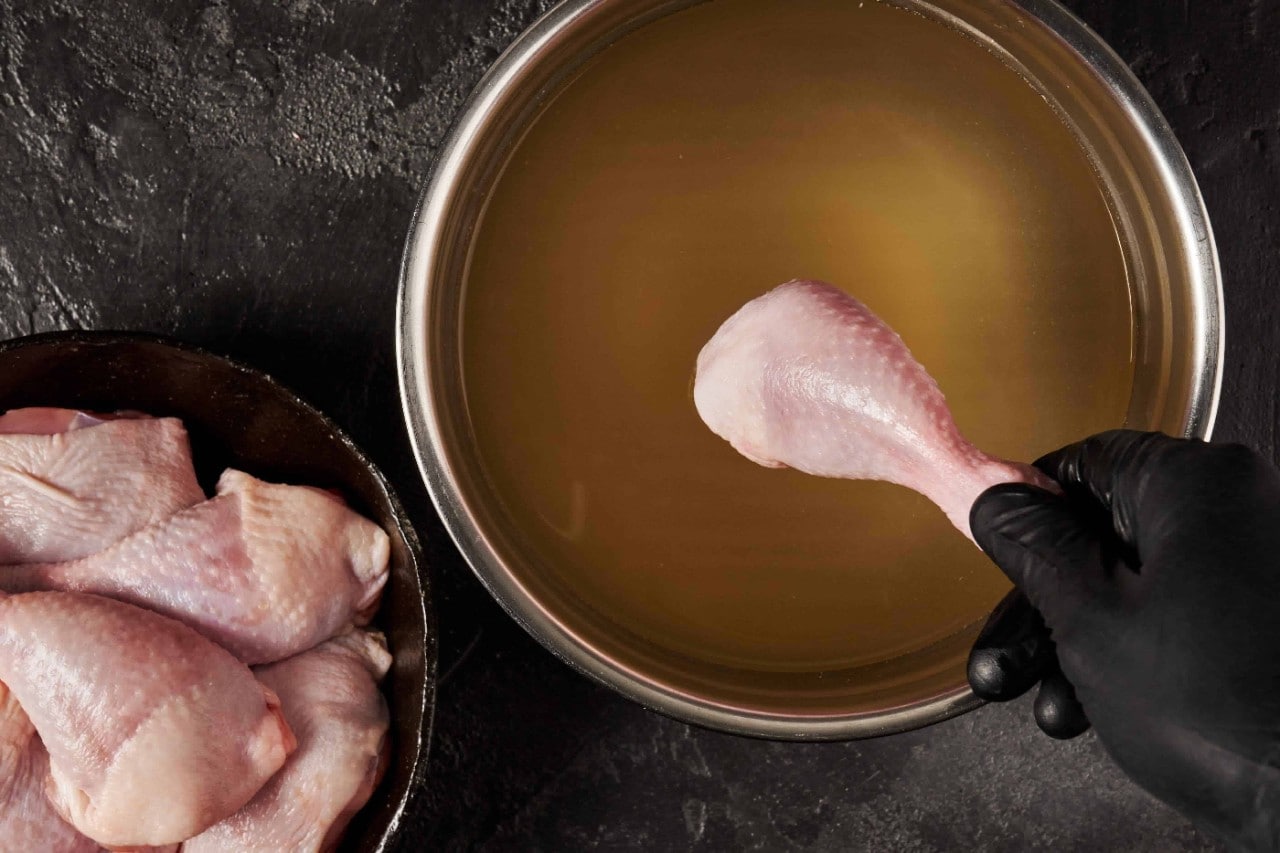
You can brine chicken for other dishes, too. How you want your chicken cooked is vital in choosing which brining method to use.

1. Fried chicken
Crispy fried chicken is universally loved by every generation. To consistently achieve meaty, flavorful, and tender meat, the traditional wet brine solution is a chef’s pick. Brine the bird with Knorr Chicken Powder to get umami-rich and succulent fried chicken.
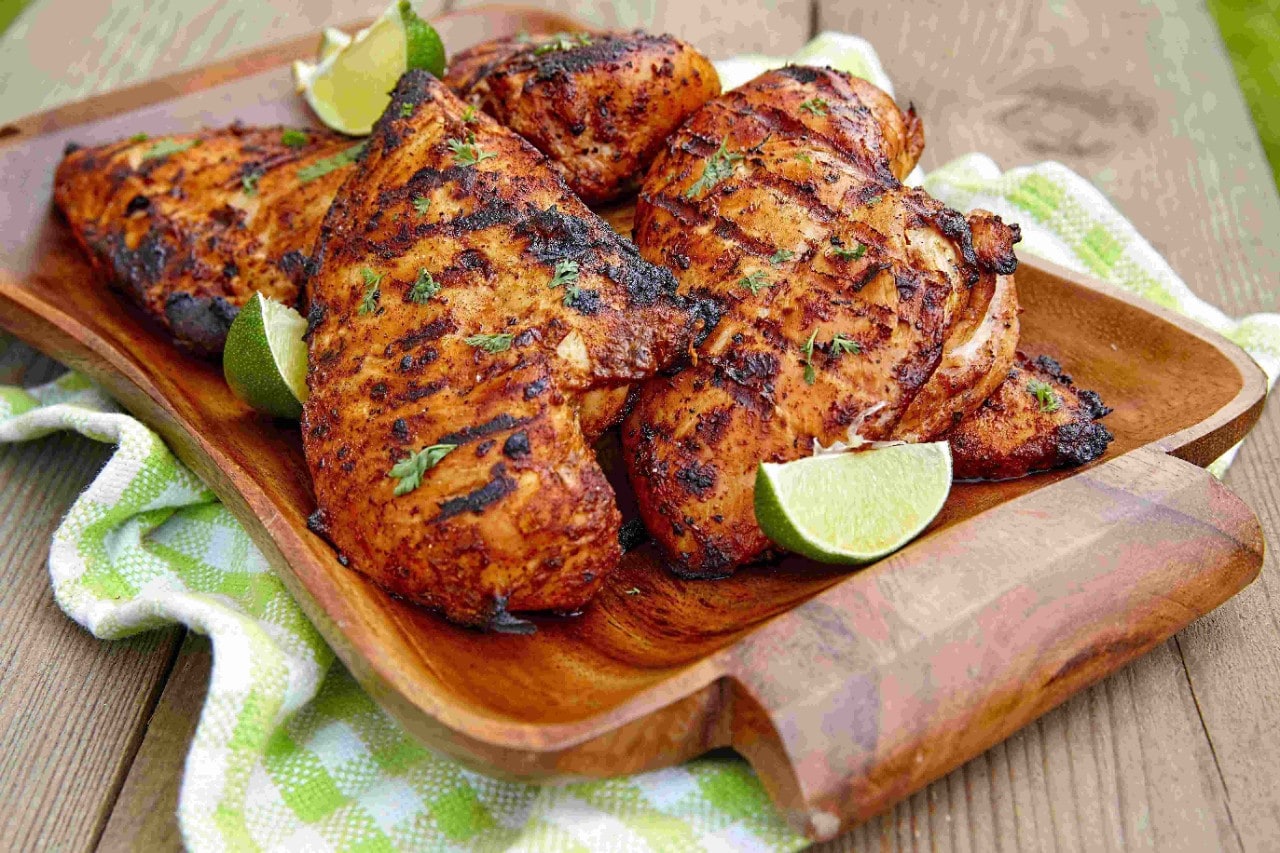
2. Grilled chicken
Barbecuing lends a smoky and caramelized taste to meats, and the high heat from grilling effectively cooks the meat thoroughly. The catch? That same heat can turn good chicken charred and dry to the bone.
To keep leaner cuts of meat from losing moisture, a classic wet brine is ideal. In place of water, use beer, milk, or stock infused with Knorr Chicken Powder to add a meatier taste that salt and pepper cannot provide. Other spices like cumin, black pepper, cinnamon, and coriander also work wonderfully as seasoning.
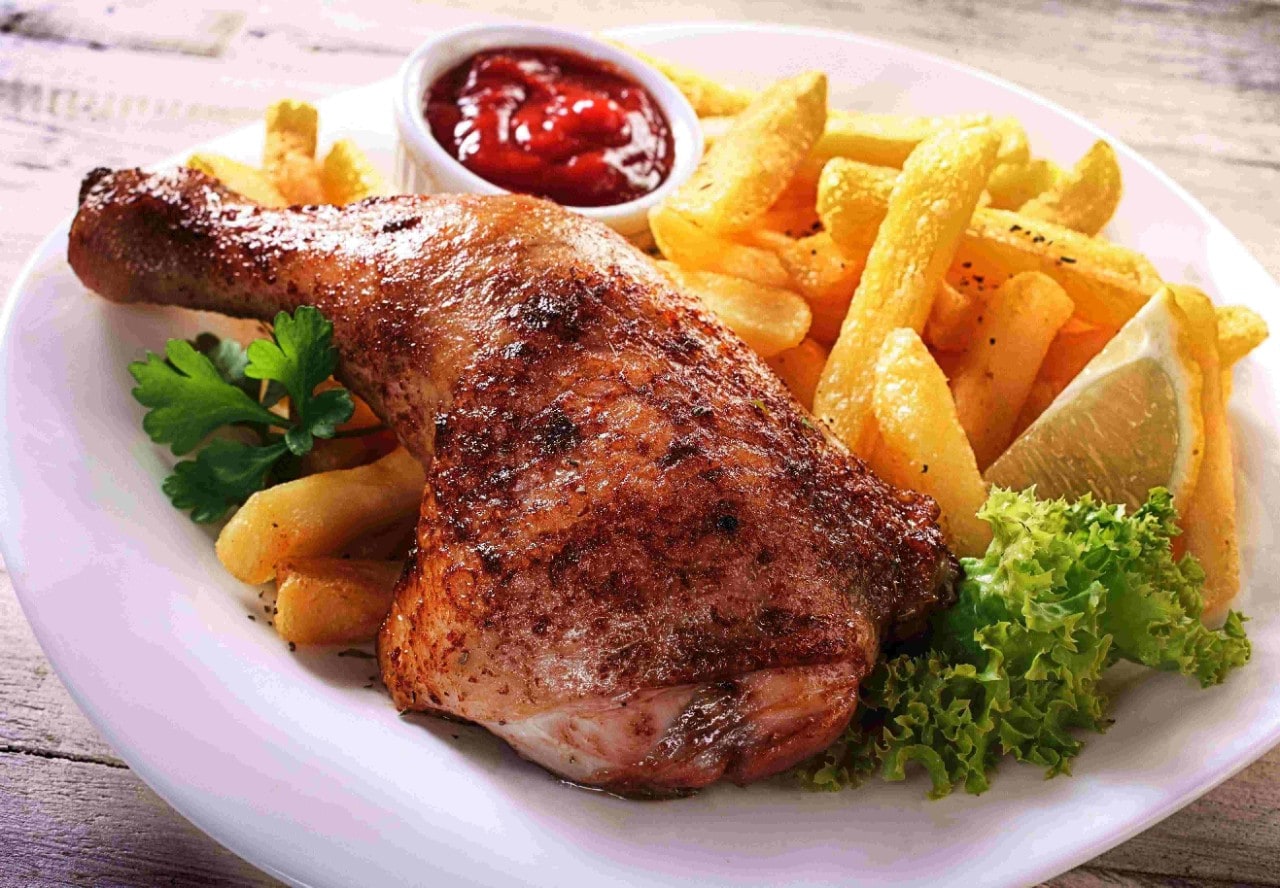
3. Roasted chicken
You can brine poultry for smoking or roasting through either the wet or dry method. For dry brining, select ingredients like thyme, paprika, cayenne, and other herbs that intensify in flavor when exposed to heat. Adding sugar also aids in caramelization, giving the skin a golden-brown color.
However, dry brining takes longer than wet brining. To save time, choose the latter to infuse flavors and moisture more quickly. For a richer flavor profile, submerge the chicken in a brine made with Knorr Chicken Powder instead of using the usual salt and pepper. After brining, pat the chicken dry and season with black pepper and butter for an extra layer of flavor.
Brining is a fail-safe way to produce chicken with a rich, savory flavor using just a few ingredients and no special equipment. For even better results, enhance the process by soaking the chicken in water or buttermilk seasoned with Knorr Chicken Powder. And for more oomph, glaze the crispy skin with a Honey Butter Garlic Sauce or coat freshly fried pieces in Knorr Salted Egg Powder.
Ready to elevate your fried chicken? Check out more brining articles and game-changing recipes that will set you apart from the competition!
Related Articles
Related Products
Product added to list
Unable to add product to list
Product removed from list
Unable to remove product from list
What you'll get:
- Access to free Chef trainings
- The best recipes and tips from Chefs around the world
- The latest culinary trends










